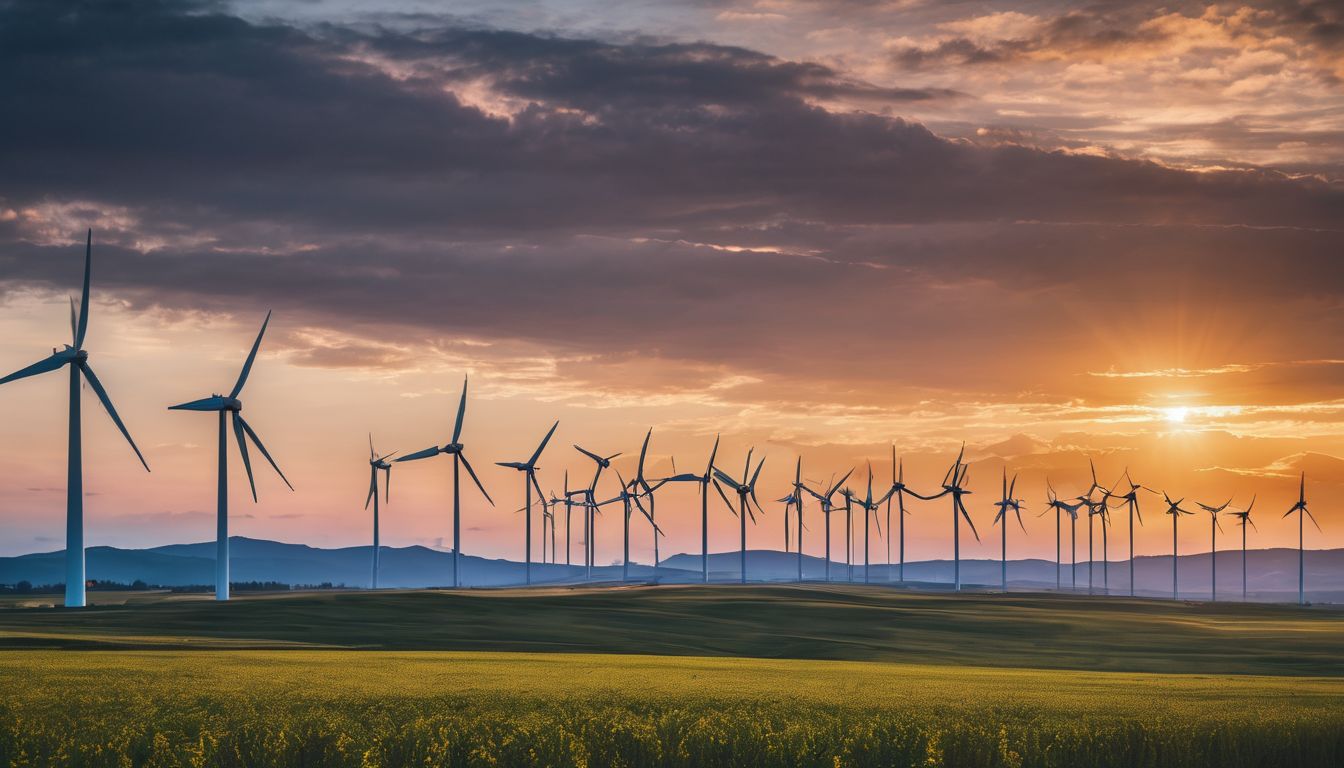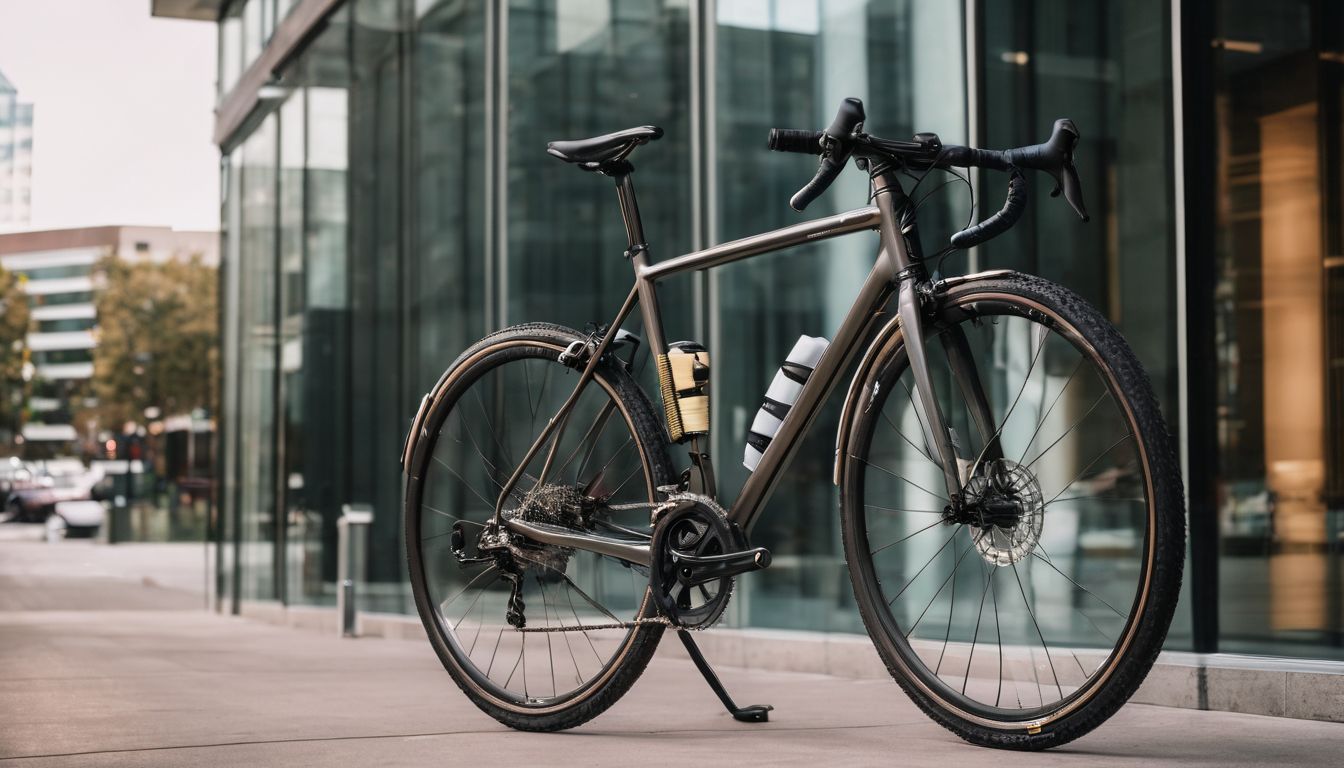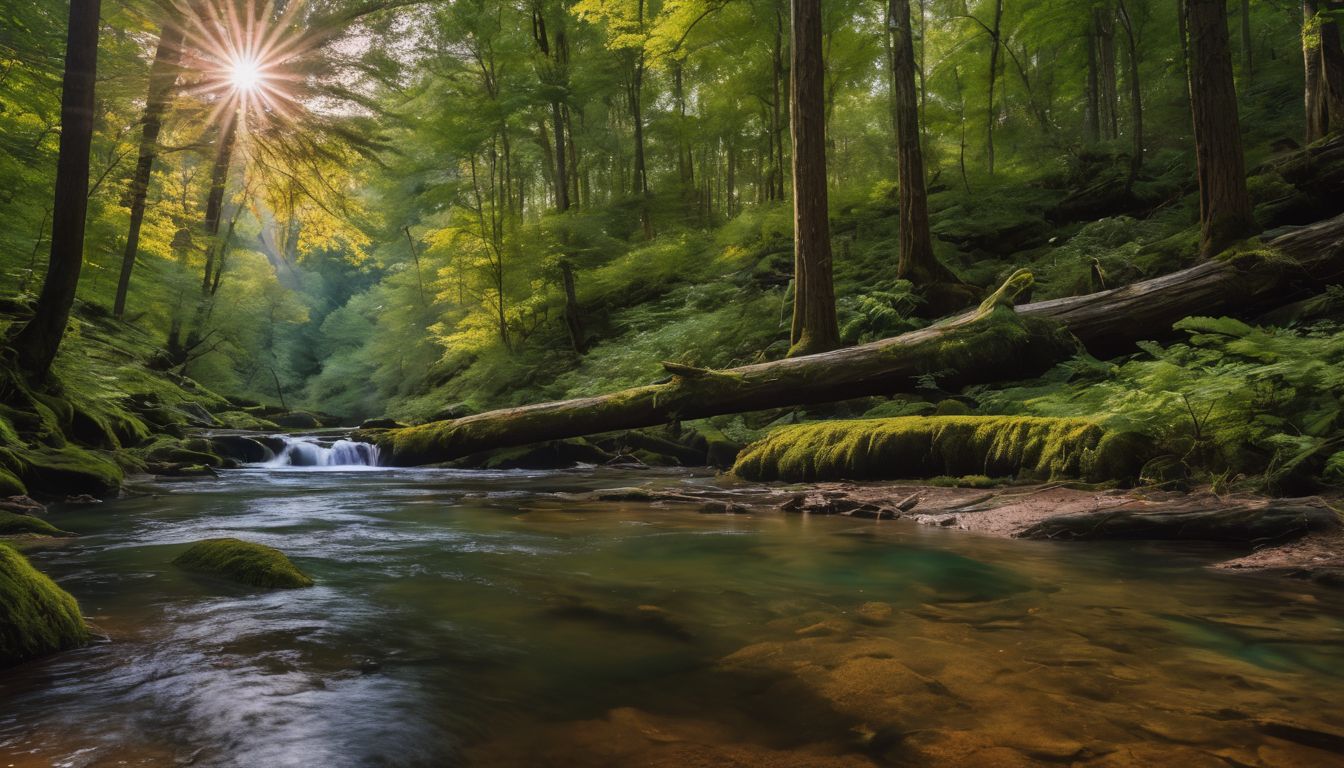I’ve always been the creative type—the one who stuck her fists and feet in finger paints, licked her coloring book pages, and glued and smeared away the afternoons. As an adult, I still paint simply because I like watching the colors swirl and run. As that curious and messy child, I assumed that art supplies were made of rainbows and fairy dust, and I didn’t give the subject much more thought. However, I was very wrong. Simply put, most art supplies are toxic to both the artist and the environment. But there’s no need to fret or strangle your creativity. There are many safe products that you can buy, find, or make!
BETTER FOR THE ENVIRONMENT: Conventional art supplies use up petroleum, trees, and loads of toxic chemicals that end up polluting the environment. Once you know what to look for, it’s easy to purchase the green alternative.
BETTER FOR YOUR HEALTH: Some art supplies can cause headaches, breathing problems, nausea, burns, lung and kidney damage, and even cancer. Children are especially at risk because of their smaller size, immature organ and immune systems, and higher metabolic rates.1
Time and effort: Medium.
Cost: Medium. Reusing old materials and cooking up your own supplies will save you money, but buying eco-friendly products could cost you more.
Guide to Buying Eco-Friendly Art Supplies
Before heading out to the store for supplies:
- Organize your art supplies. If you know what you have and where you have it, you won’t buy the same stuff twice. Store wet brushes in used yogurt tubs, papers in cereal boxes, beads in spice or baby food jars, and markers, crayons, and colored pencils in shoe boxes.
- Schedule a craft night with your friends to swap or share supplies.
- Reuse old materials. Create paper beads out of magazines, mosaics out of broken plates, bird houses out of milk cartons, and puppets out of lone socks. Expand your definition of a suitable canvas to a piece of old furniture or an odd Craigslist find.
- Look to nature. Have you ever painted with mud and beets, or sculpted with fallen wood?
- Cook up a batch of supplies. Create your own fingerpaint using cornstarch, flour, or pudding. For starters, try this recipe: wikihow.com. You can also whip up some play dough at home: instructables.com!
When purchasing art supplies:

- Look for the Art & Creative Materials Institute (ACMI) seal of approval. The seal “identifies art materials that are safe and that are certified in a toxicological evaluation by a medical expert to contain no materials in sufficient quantities to be toxic or injurious to humans, including children, or to cause acute or chronic health problems.”2
- Avoid products with any warning labels.
- Read the ingredients as if your markers or paint were a box of cereal. Note that eco-friendly materials are usually easier to find online than in stores.
- Traditional crayons are made from paraffin wax, a petroleum by-product. Look for soy or beeswax crayons, which are both biodegradable and renewable.
- Buy colored pencils that are made from sustainably harvested wood and approved by the Forest Stewardship Council. Or try out a new breed of pencils made from rolled, recycled newspapers!3
- Choose water-based markers and paints to avoid inhaling dangerous solvents. Before buying, smell them. If the markers or paints smell like nasty chemicals, they’re probably made of nasty chemicals.
- Avoid aerosol spray paint and spray glue altogether. Aerosol dirties the air.
- Get a sketchbook that’s made from 100% post-consumer recycled paper rather than buying virgin paper. You can also try paper made from hemp, a fast-growing alternative to trees.
Before beginning your art project:
- Protect surfaces by reusing old newspapers, vinyl curtains, and placemats. Wear an old large shirt as a smock.
Once you’re done with your masterpiece:
- Clean with eco-friendly cleaning supplies. Check out this guide to making your own cleaning supplies !
- When washing brushes, fill a bucket instead of washing them one by one under running water.
- To store finished art, roll it up into cardboard tubes, which you can get from paper towel rolls or wrapping paper.
- Do you have art supplies that you never use? Share them with a neighborhood kid! Got a bin of old crayons? Donate them to the National Crayon Recycle Program, and they’ll reuse them to make new crayons shaped like butterflies, planes, and palm trees!4




